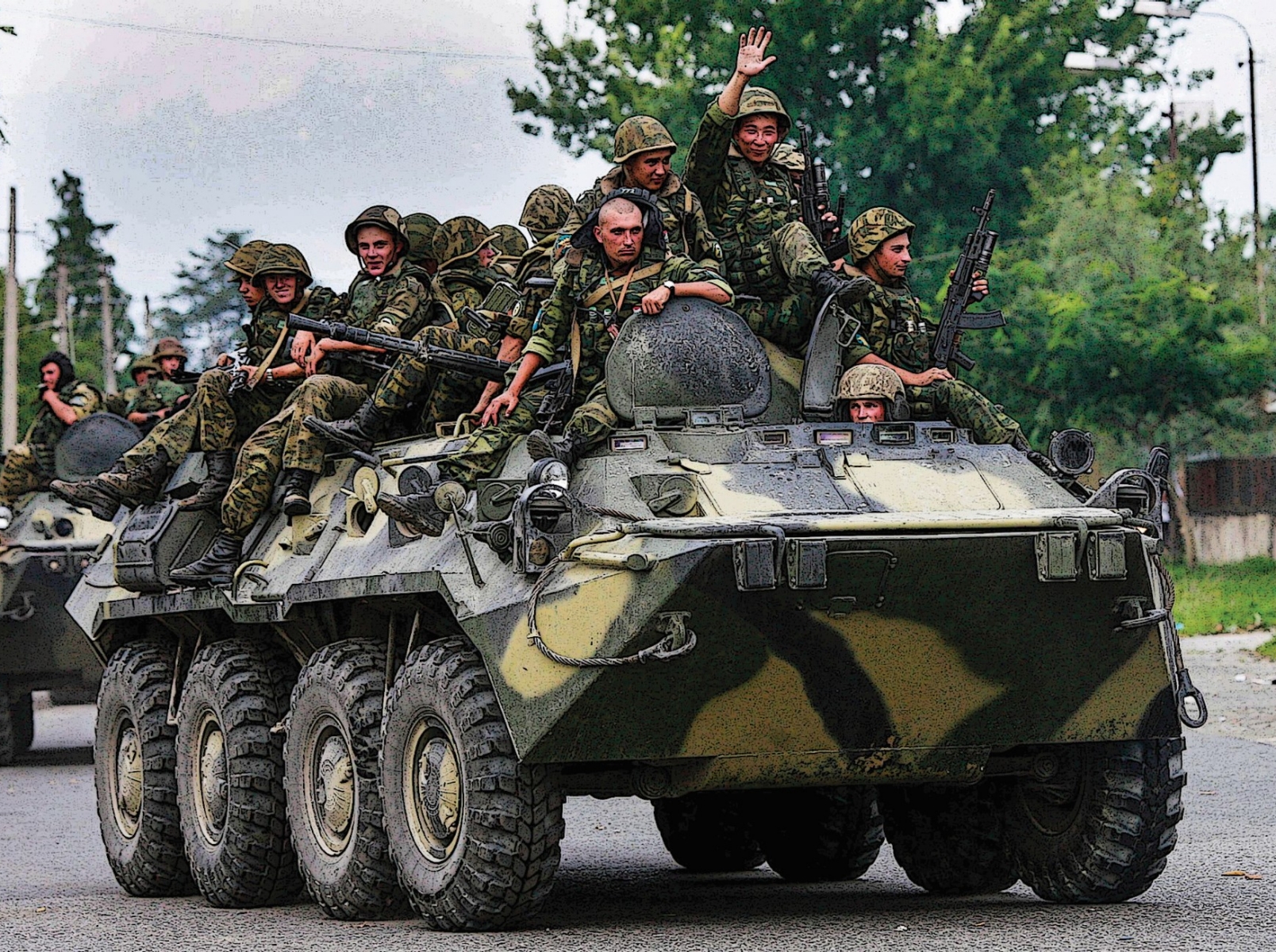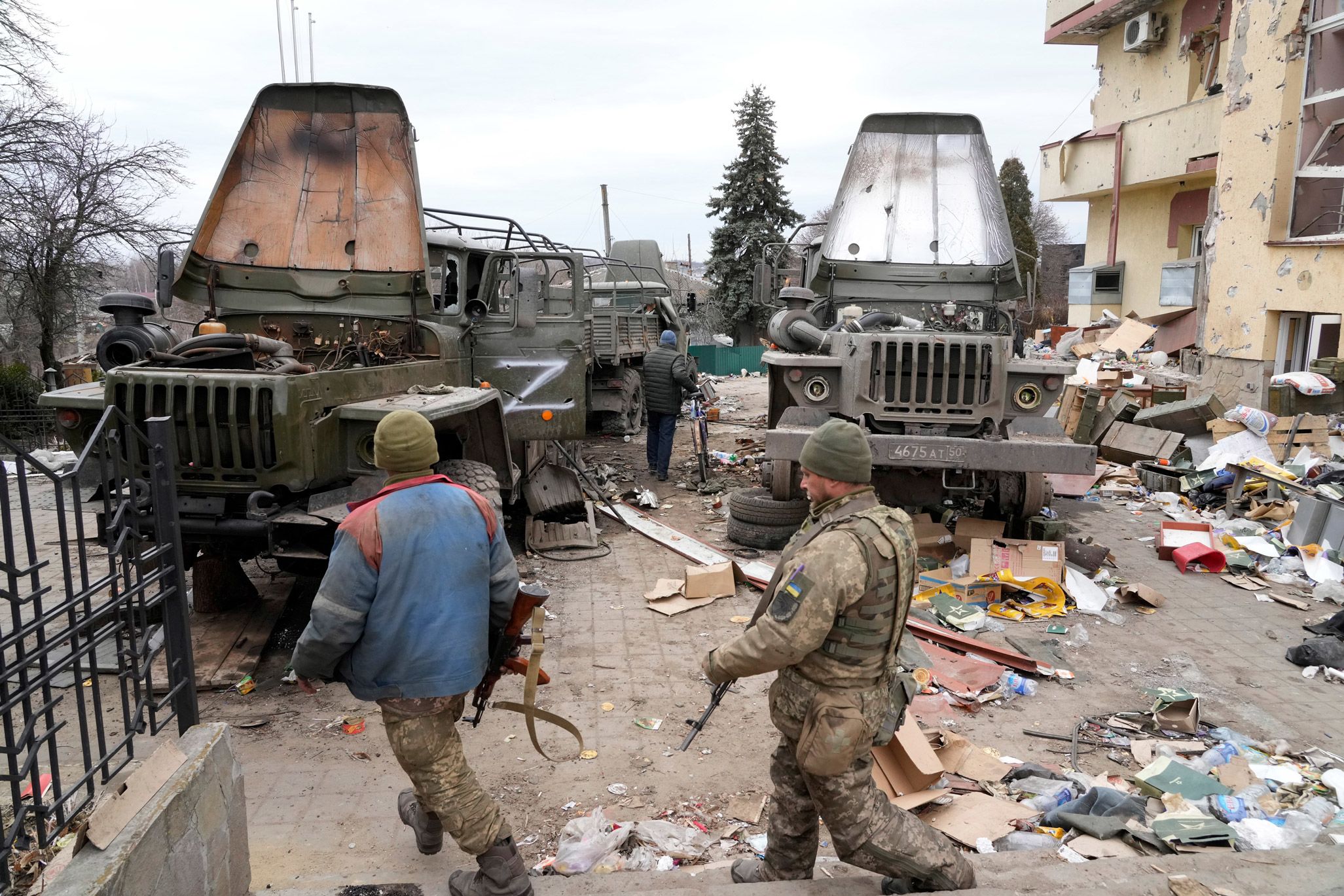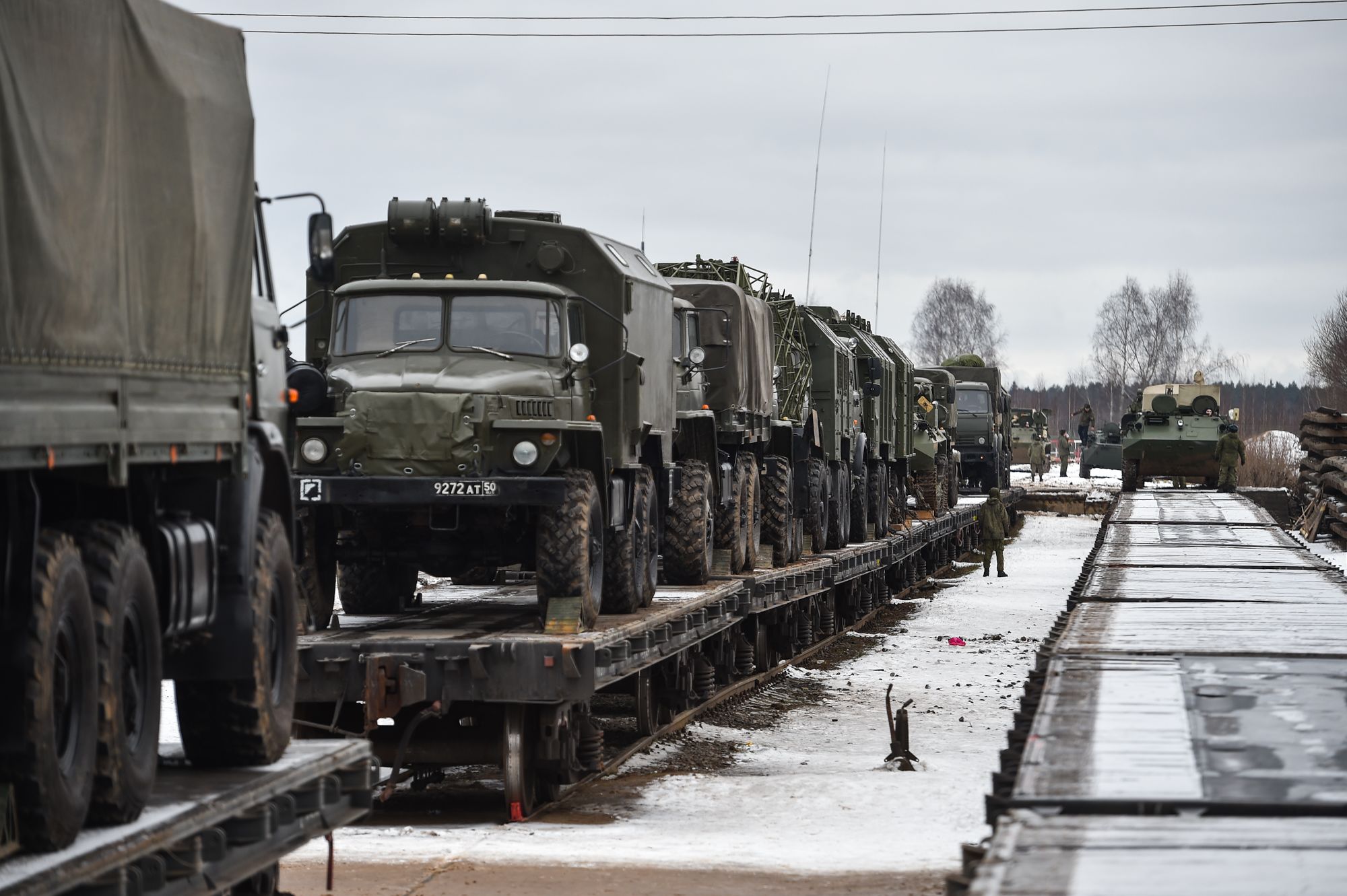Russian Military Supply - Now, it's no secret: The Russian military is experiencing logistical problems in Ukraine — from the now-infamous stalled convoy outside Kiev to reports of Russian soldiers looting grocery stores for food. Experts debate whether the problem is corruption, poor planning, or both.
While Moscow's military planners bear at least some of the blame, their senior political leadership may have imposed entirely unrealistic goals on them. The original Russian plan was to capture key political, military and transport nodes in three days. It is based on false assumptions about Ukraine's willingness to fight and the capabilities of its military.
Russian Military Supply

Whatever the root of Russia's logistical problems, approaching the problem from the perspective of a junior U.S. military officer tells me one thing: By hiding the true purpose of its military buildup from its forces on the ground, Russia's leadership has made those difficulties worse. This is especially true for Russian forces advancing south from Belarus into Ukraine.
Ukraine's New Offensive Is Fueled By Captured Russian Weapons
Unlike the forces currently active in Ukraine's east and south, those units mostly came from Russia east of the Ural Mountains. They were said to be traveling only for military exercises as they lacked immediate communication with their bases in Russia. Think about it: Soldiers packing bags, filling containers, and drawing weapons and ammunition to their home bases didn't know they were preparing for war.
A key principle of military leadership in each group is the building of common understanding. To do this successfully, troops must understand their mission and purpose. It doesn't seem like a big deal; After all, players have to do what they're told, right? But consider this: If an officer asks a soldier to retrieve a bag, and the soldier returns a flimsy ziplock, that soldier has technically accomplished his mission. Still the soldier was given the job
One motive – “give me a bag so we can pack these heavy tools” – was made to good effect.
Even with a clear mission and purpose, as anyone in the military can tell you: what soldiers are told to pack and what is actually packed can vary widely. For example, a junior soldier might look at a five-page packing list, find a particular item, and think, "That's big, it's heavy, I haven't used it—there's no way I'm going to pack it." And veteran troops may shake their heads and think, "Those idiots forgot to list the bolt cutters," and pile them into a truck or container. These problems would be exacerbated if Russian soldiers thought they were going to Belarus for training instead of operations in Ukraine.
Gunmen Kill 11 At Russian Army Base In New Blow To Moscow's Ukraine Campaign
Reports of captured Russian soldiers and intercepted messages show that not all of them were clear about their mission: some thought they were going to Belarus for training, others thought they were going to Ukraine on a quasi-peacekeeping mission. In Russia's logistical nightmare, one can see the negative effects of the military leadership's preference for operational security over common sense—from junior officers to new recruits.
Meanwhile, Russian military logistics experts speculated that they may have been asked to prepare for the exercise.
First: They'll have weeks to conduct Reception, Staging, Forward Movement and Integration (RSOI) — the military term for the civilian assembly experience after going through airport security. You grab your bag, repack a few of your things, grab your watch and your belt, put them back on, put on your shoes, and then head to your gate. RSOI is like that - but with thousands of men and trucks and hundreds of containers filled with everything from batteries and wrenches to machine guns and anti-tank weapons.

Second, Russian logisticians may have estimated that they would only need supplies for one week of actual operations. In fact, last year's large ZAPAD joint exercise between Russia and Belarus included many maneuvers and exercises, but only seven days of realistic, "ball-to-ball" style combat training. If the soldiers packing the containers expect to do only a week's training, they won't be carrying an entire month's worth of war supplies. If they do, maneuver commanders do not enforce distributed discipline during training: As with most armies, performance during training is an important part of how Russian military officers are evaluated, which means Russian military leadership does not. If it leads to strong performance, don't worry about wasting content.
Russia Moves Blood To Ukraine's Border For Potential Invasion: Report
When Russian forces arrived in Belarus in late January, they had only days instead of weeks to conduct RSOI, and then began training directly with Belarus - where they used the bulk of their supplies. And then they waited...waited. Eventually, they were asked to leave. Their standard operating procedure for packing may include a deliberate process of separating usable material from unusable and carefully annotating where it is packed. But at this point, they were traveling, living in tents, eating military rations and enduring extreme temperatures for weeks. They are cold, tired, hungry and in a hurry to get home.
In the US Army, this speed increases when the Non-Commissioned Officer (NCO) Corps ensures that everything is done with quality. But as General David Petraeus, the former commander of US forces in Afghanistan, told CNN last week, Russia's new NCO corps is not nearly as well developed. So instead of a disciplined and deliberate reverse-RSOI, Russian soldiers threw away, burned or sold what was left.
The result? Russia launched its largest, most ambitious mechanized offensive since World War II — the convoy was half empty before leaving Belarus.
It is too early to conclude whether incompetence and poor planning are ultimately responsible for Russia's military woes. Former Navy officer-turned-journalist Ryan Baker recently pointed out
Interview: Why Russia's 'underperforming' Military Is Still Making Gains In Ukraine
Any army will struggle with this level of activity. There may still be time for Russia to turn things around: its switch to a blockade strategy could panic Ukrainians enough to force an end to negotiations on Moscow's terms. But unless the Kremlin's mission can be turned into a core mission and purpose for troops on the ground, it will continue to run into obstacles at the operational level.
Captain Ann Mary Daly was an engineer officer in the US Army. Prior to his appointment, he served as Senior Advisor on Russia Strategy in the Office of the Secretary of Defense for Policy at the US Department of Defense. The views expressed are those of the author and do not necessarily reflect the official position of the Department of the Army or the Department of Defense.
According to our military experts, the war has turned from lightning to brutal war.

Intervention beyond arming Ukraine's military and feeding the Ukrainian people will only make the nightmare worse.
Russian Troops Held Me Captive At Gunpoint For Two Weeks In Ukraine. Here's What I Learned.
Image: Image taken from hand footage released by the Russian Defense Ministry on March 16, 2022, shows Russian soldiers carrying weapons seized from a Ukrainian military arsenal in the Kherson region. Photo by EYEPRESS via Reuters Connection
This website or its third-party tools use cookies that are necessary for its operation and to achieve the purposes explained in the cookie policy. By closing or rejecting this notice, scrolling this page, clicking a link or button, or continuing to browse, you accept our use of cookies in accordance with our Cookie Policy and Privacy Policy. Washington - Russia's military structure has expanded near Ukraine. Another key indicator of Moscow's military preparedness is its supply of blood, among other medical supplies, which will allow it to treat the wounded, three US officials told Reuters.
Current and former U.S. officials say tangible indicators such as blood distribution are important to determining whether Moscow will be ready to attack if Russian President Vladimir Putin decides to do so.
The revelation of the blood donation by US officials has added another dimension to US warnings that Russia may be preparing a new attack on Ukraine by massing more than 100,000 troops near Ukraine's border.
Ukraine Forces Advance On Two Fronts, Cross Russian Lines In The South
These warnings include President Joe Biden's prediction that Russia could launch a new attack on Ukraine at "very short notice" and US Secretary of State Anthony Blinken's comments that a Russian attack could happen.
The Pentagon has previously acknowledged the use of "medical support" as part of Russia's framework. But the disclosure of the blood supply adds details that experts say are critical to determining Russian military readiness.
"It doesn't guarantee there will be another attack, but if it's not in your hands you won't execute another attack," said Ben Hodges, now a retired US lieutenant general at the European Policy Analysis Research Institute.

"This information is not true. Such 'news' is part of information and psychological warfare. The purpose of such information is to spread panic and fear in our society," he said on Facebook.
U.s. Sanctions Targeting Russian Military Supply Chain And Global Russian Financial Facilitation Network
Friday,
Post A Comment:
0 comments so far,add yours